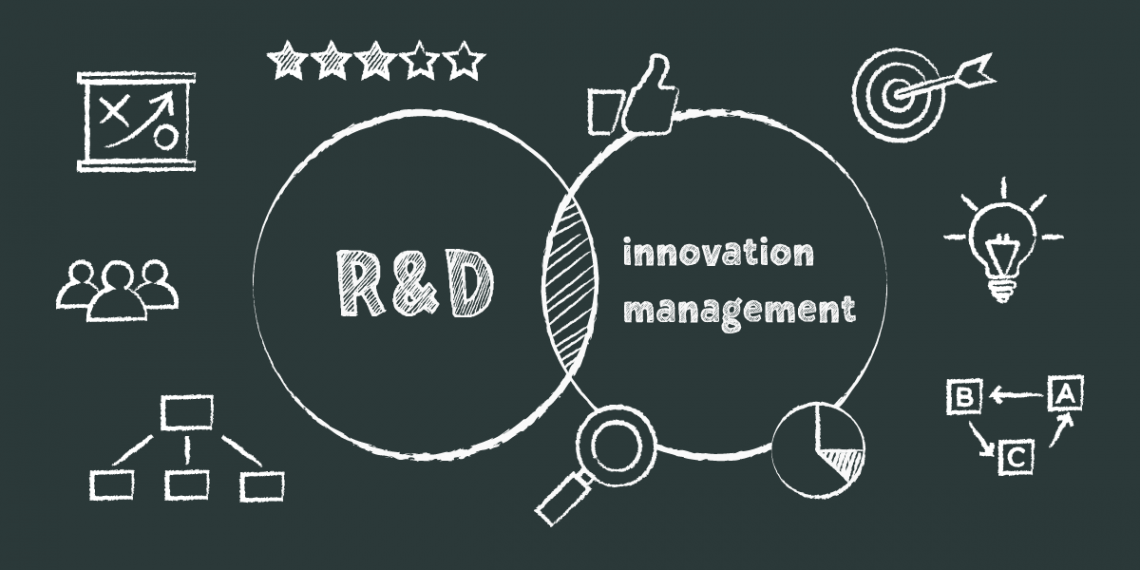For quite some time, innovation has been a question of agility across organizations. Since consumer needs are continuously changing, there is a constant and urgent need for innovative new ideas, and many developments are struggling in this path. Why do certain innovations fail to reach the daylight? There are many obstacles, but from our vast experience working with businesses in different sectors, we would like to highlight a few of them.
Fear
At the very beginning, I want to say that routine is a positive thing, but being a prisoner of the habit can be risky. The nature of innovation itself is very risky, as well. Fear of making mistakes will suppress your innovation efforts, particularly if you are not ready to learn from them. At a time when the company has already experienced considerable success in servicing its niche of consumers, progress in exchange for complacency can lead to a variety of uncertainties. Yet change doesn’t mean that you’re supposed to disrupt the main revenue streams. That is why any innovation-related decision should be systematically evaluated in order to eliminate insecurities from decision-making processes.
An approach that follows the innovation initiatives step by step through the entire innovation process reduces the possibility of anticipating the end results to discover that something is wrong. By revealing the dead-end projects on time, the phase-gate methodology protects you from the situation where you’ve spent months or even years, a lot of money, and other resources for a lost cause.
Short term thinking
The expectation of overnight success mainly leads to disappointment. If you do not build a firm innovation strategy, you will quickly get lost in seeking lightspeed innovation or one which is not user-oriented. Setting short-term goals can be helpful but only if they are all integral aspects of the unique long-term target. Innovation has many types, so you can select from many choices, which entails a lot of confusion, and setting certain milestones will guide you through the innovation process while showing you just where you want to go next. Setting milestones is at the heart of phase-gate methodology which is used in many organizations and is also supported by our innovation management software(ICE - Innovation Cloud Enterprise).
Lack of innovation culture
Setting long-term objectives includes the development of an innovation culture to sustain them throughout the entire organization. To make innovation an integral part of daily work is something to begin with. Of course, setting some borderlines in order to focus the creative potential of your workers on key company challenges is definitely beneficial. After all, thinking outside the box is not possible if you don’t have the box in the first place. At the same time, employees must be encouraged to participate and feel their ideas are welcomed and their contribution recognized. It is for this reason that innovation management in companies creates rewarding structures and thus accelerates the wider adoption of innovation culture.
Lack of structure
Once you have embarked on innovative ventures, incorporating a structure is vital to this path. But what does that mean? Adding structure to innovation projects involves identifying the innovation procedures that must be pursued in order to carry out every project from its beginning to the market launch. The entire innovation process is made up of a series of these procedures. Otherwise, their absence will cause confusion, lengthy projects overloaded with bottlenecks, and, inevitably, high failure rates.
Lack of good ideas(or any)
Encouraging innovative thinking in your employees means activating one of your most productive internal assets. This operation requires a lot of commitment, and even if your initiatives are successful and your employees actively share their ideas, it is still difficult to get the relevant ones. In this scenario, getting a lot of ideas and little time to do the additional screening, it is always a smart idea to incorporate some sort of automation to the innovation process. Idea management software satisfies this criteria, and also allows the possibility to appoint one or more employees to be directly responsible for this type of work. Often, granting them credits for the discovery of new ideas is a motivation for them to keep up with great work. In addition, this kind of initiative must be led from the top. When you want to build your innovations internally, strong leadership is the most vital point – leaders are the ones who must put innovation as a priority for all.
Lack of collaboration
Apart from leadership, the lack of communication between teams may also be another big obstacle to deter or slow down innovation. Especially in these times where teams operate remotely, this weakness is the biggest challenge faced by IT. Of course, some solutions are already developed, but not so many of them are highly specialized in innovation programs. Long before lockdowns began, innovation management software focused on these problems and this technology was successful even at the toughest moments. Teamwork, encouraged by collaborative elements enabling your teams to exchange thoughts, experiences, and expertise through departments and geographies, has been and will continue to have a tremendous impact on innovation success rates.
With all that in mind, what do you think should be the most important thing? Tell us if and how innovation management software has aided you on your innovation path. Share your thoughts in the comment section below.






